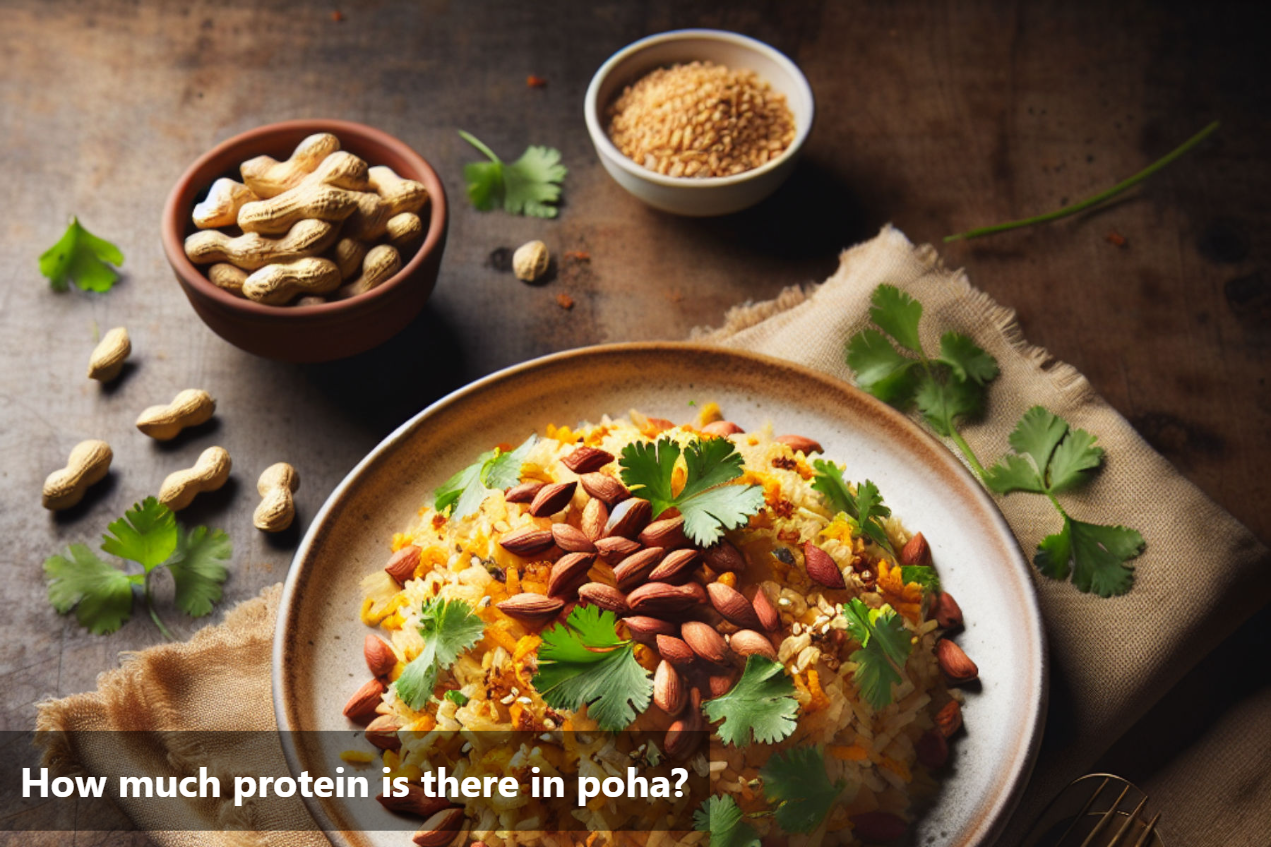
How much protein is there in poha?
Poha, a traditional Indian breakfast dish made from flattened rice, is not only delicious but also a nutritious meal choice. This flattened rice is light, easy to digest, and can be prepared quickly, making it a popular option for breakfast or snacks across India.
Including protein-rich ingredients like paneer (cottage cheese), tofu, or sprouts in your poha can help increase its protein content. These additions not only enhance the flavor but also boost the nutritional value of your meal. To further elevate the protein intake, you can pair poha with a side of yogurt or a glass of milk.
Understanding the protein content in poha is essential for those looking to maintain a balanced diet. By making simple additions and being mindful of your overall protein intake, you can enjoy this wholesome dish while meeting your nutritional needs effectively.

Nutritional Profile of Poha
One Cup Poha |
Nutritional Facts |
Calories in Poha |
158 |
Carbs |
35 grams |
Protein |
2.9 grams |
Fat |
0.2 grams |
Fibre |
0 grams |
Sodium |
4.2 mg |
Potassium |
33 mg |
Cholesterol |
0 mg |
Vitamins |
Iron - 2% |
Poha at home made easy
Ingredients:
Poha (flattened rice): 1 cup
Onion: 1 (finely chopped)
Potato: 1 (small, diced)
Peanuts: 2 tablespoons
Curry leaves: 8-10
Mustard seeds: 1 teaspoon
Turmeric powder: 1/2 teaspoon
Green chili: 1 (finely chopped)
Lemon juice: 1 tablespoon
Salt: to taste
Sugar: 1/2 teaspoon (optional)
Fresh coriander leaves: for garnish
Oil: 2 tablespoons
Recipe:
Preparation: Rinse poha under running water until it becomes soft. Drain and set aside.
Tempering: Heat oil in a pan. Add mustard seeds and let them splutter. Add peanuts and fry until golden brown.
Sauté: Add chopped onion, green chili, and curry leaves. Sauté until onions turn translucent.
Cook Potatoes: Add diced potatoes to the pan. Sprinkle some salt and turmeric powder. Cover and cook until potatoes are tender.
Add Poha: Add the drained poha to the pan. Mix well to combine all ingredients.
Seasoning: Sprinkle salt and sugar (if using) over the poha. Mix well.
Finish Off: Drizzle lemon juice over the poha. Mix gently.
Garnish: Garnish with fresh coriander leaves.
Serve: Serve hot with a side of yogurt or pickle.
Benefits of Poha:
Low in Calories: Poha is a low-calorie breakfast option, making it suitable for weight watchers.
Rich in Iron: It is a good source of iron, which helps in preventing iron deficiency anemia.
Easily Digestible: Poha is easily digestible and can be consumed by people of all age groups.
Gluten-Free: Being gluten-free, it is an excellent choice for those with gluten intolerance or celiac disease.
Energy Boost: Poha provides instant energy due to its carbohydrate content, making it a good breakfast choice to kick-start your day.
Tips for Increasing Protein in Poha
Incorporating protein-rich ingredients into your poha dishes can significantly enhance their nutritional value. Here are some practical tips for increasing protein in your poha:
Add Legumes: Incorporating cooked legumes like chickpeas, black beans, or lentils into your poha can substantially increase its protein content. These legumes not only boost the protein but also add a delightful texture to the dish.
Include Nuts and Seeds: Sprinkling a handful of nuts and seeds such as almonds, pumpkin seeds, or sunflower seeds over your poha can introduce healthy fats and additional protein. These crunchy toppings not only elevate the taste but also enhance the dish's nutritional profile.
Utilize Tofu or Paneer: Adding cubed tofu or paneer (cottage cheese) to your poha while cooking can be a great way to infuse extra protein. These dairy-based products not only blend well with the flavors but also provide a good dose of protein.
Eggcellent Addition: Consider mixing scrambled eggs or boiled eggs into your poha for a protein-packed breakfast or lunch option. Eggs are a convenient and versatile source of high-quality protein.
Quinoa Power: Mixing cooked quinoa with your poha can significantly elevate its protein content. Quinoa is a complete protein source and provides essential amino acids missing in most plant-based foods.
By implementing these simple tips, you can transform your regular poha into a protein-rich and satisfying meal, catering to your dietary needs effectively.

Poha's Protein Content: A Nutritional Breakdown
Poha contains a moderate amount of protein per 100g serving, making it a suitable option for those looking to increase their protein intake without consuming meat. Incorporating protein-rich foods into one's diet is vital for overall health and muscle repair, making poha a convenient and nutritious choice.
Furthermore, the versatility of poha allows for creative additions of other protein sources such as nuts, seeds, legumes, or tofu. These additions not only enhance the protein content of the dish but also contribute diverse flavors and textures.
Understanding the protein content in poha and its benefits can aid individuals in making informed dietary choices. By including poha in meal plans and complementing it with protein-rich ingredients, one can ensure a well-rounded and nourishing diet that supports overall health and well-being.
This Blog post is an initiative by Lo! Foods, to provide accurate and Nutritionist / Doctor approved information related to Health. Lo! Foods is India's leading brand for Everyday Functional Foods. Foods designed for specific Health conditions or Needs. Lo! Foods also runs India's largest range of Low Carb Healthy Cloud Kitchens, under the brand names of Lo!, ProteinChef, ATH (All Things Healthy) and DiabeSmart.



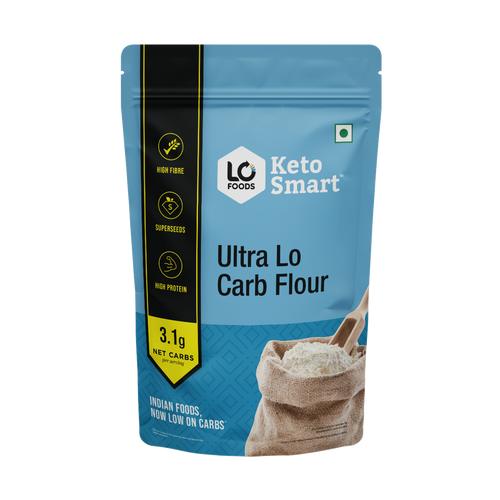
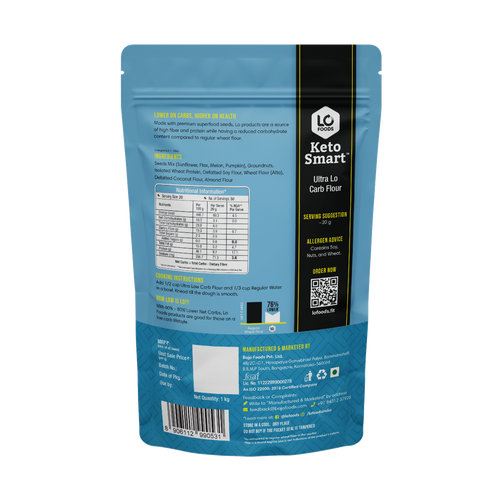
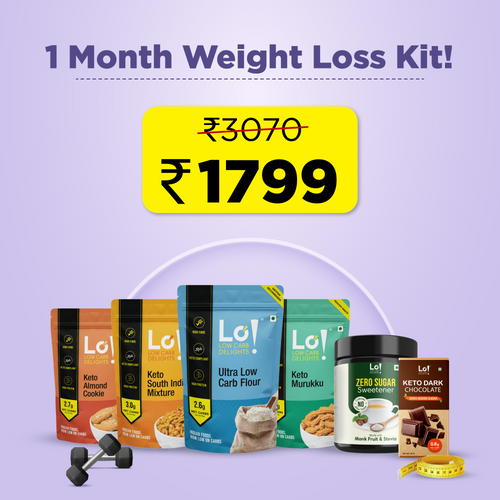
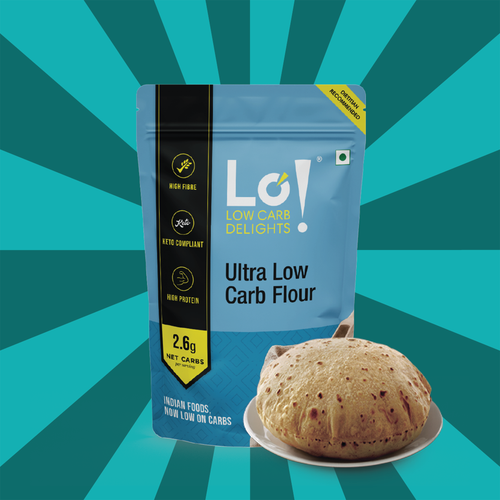


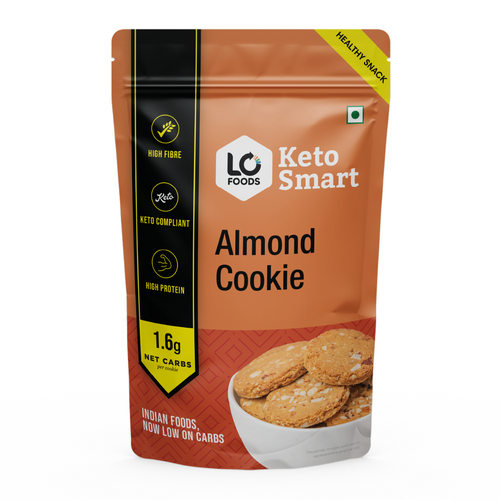





Leave a comment
Your email address will not be published.